
 By Natali Moss
By Natali Moss
Video of the day who builds Ukraine and why young people are involved in volunteering, Anastasia Drachuk, a software leader of the initiative, told on the air of Radio NV. - I would like you to tell a little prehistory for our audience, how did the movement occurred and what did you do before February 24? - The movement originated in 2014 as a response to hostilities in eastern Ukraine, to Kramatorsk.
Then one of Yurko's co -founders went to help his second circle Dorokhov to restore the apartment that suffered from shelling. But he did not go alone - he took a few more of his friends. They first helped the circles. Then they realized that help needed not only him. It was a multi -storey on the outskirts of Kramatorsk, which was well suffered. As a result, the weekly volunteer microaction grew in almost two months of continuous stay there. More than 20 apartments were restored.
If at first they went and thought it would be more about structure and rebuilding, then being in Kramatorsk realized that it was more about communicating with people. This is how different options began to look for how you can work next. We looked a lot at the experience of other countries that worked with the reconstruction of our cities.
There is such a format - volunteer camps, when young people come, rebuilds, and at the same time receives something for themselves on the one hand, and on the other - still deals with what is needed now by the country. From 2014 to February 24, we were in 85 different cities.
We have grown not only into activities in eastern Ukraine, in Lugansk and Donetsk regions, but were in all regions, because we realized that there was a request for rebuilding [not only] in the East, but also in other cities. Therefore, we came to peaceful cities and created youth centers, murals, public spaces, and helped families in difficult life circumstances. This is an element that with us since 2014 and we have been keeping it on.
- How did this previous experience help you on February 24 - in this for many people still new reality, because the scale became even larger, more frightening, more serious? Did you have any plan of action in case if a full -scale invasion would still happen? - The previous experience has helped us for sure, because now we do not come up with a bicycle, do not look, do not waste time to understand how to do it. We just do what we know best, [what we have learned] in all these eight years.
Before the war, we finished our strategy. It seems to me that many organizations were engaged at this time. We and a number of others are a post -master's organization in which strategling cycles ended. We then briefly discussed that we would be more present in eastern Ukraine again, if necessary. To say honestly how the organization was not ready for the scale of the war that expected us after February 24.
Therefore, in the first weeks, they were also actively involved in humanitarian issues that were not previously dealt with. It is an evacuation of people, mostly ours, because in eight years we have overgrown with a community of almost five thousand people and most of them [lives on] the other bank of the Dnieper, which was very injured. They all needed to be moved: someone - to Lviv, to Uzhgorod, someone - abroad, someone to help with their parents.
And there was another wave of people from Kiev, Kharkiv, Lviv, who were traveling to the east, to Chernihiv, to Kiev. They also needed to help with very basic things - [starting with] hats, balaclaw, and to the more global - thermal imagers, drones. In the first month of [full -scale war] we were very active in helping our community in this way. And we thought about whether we were ready to start doing our classical activities.
Already in mid -March they began to work more actively with volunteer camps in the West. But at first, we also needed a little time to break and understand what the situation and how the war would move. - There was some turning point when you realized that you could return to your usual activity? -It seems to me that everyone in the team came this turning point in their own way.
The first weeks were engaged in calling suppliers abroad and trying to buy something - one helmet, which was purchased by half of Ukraine. It was incredibly difficult, in particular emotionally, because you realize that you make a lot of effort, but you do not have the result you expect or who is accustomed to getting. I came to Yurko and say, “We are probably not the most effective and we are worth doing what we can do.
And apart from the fact that you do yourself to teach other organizations to do the same, because the scale and volume of war is large. It is clear that such an organization as we build Ukraine is not enough to restore the whole country. It is necessary to share the experience as much as possible so that more and more similar initiatives and organizations have arisen. ” Somewhere in mid -March, we made the first decision that we are precisely recovering.
They wrote to their partners, said in the team: "Friends, we start building. " In March, the planning horizon is a week, then - two, then - a month. Now it is already stretched to a plus minus three months, six, but at first it was a very short-term weekly planning. - Weekly - it was still very cool. I remember, in the first weeks, my sad joke was that she woke up in the morning - well, and thank you, we work. - Probably the first days we [lived].
We still had duty in the office because it was a point where many people came. But in the team we perceived [our restoration] differently: someone was Okay in mid-March already to do our standard activity, someone-it took two to three weeks, a month to understand that we need to return to standard activity. Someone worked more in the humanitarian direction and continued to do so. In June, we have fully restored all our activities, even a large-scale one or four times, compared to the years.
Therefore, it is difficult for us, but it turned out to be a window of opportunity: we can do much more and understand how to do it. It is cool that there are many initiatives now, which are similar to storms or work with reconstruction and volunteers. We have our own expertise and our uniqueness. We say to the new organizations that arise: "Class, but you can not only disassemble the blockages with volunteers, but build. " They: "No, we can't. " [What we answer]: “You can actually.
We do this for eight years, everything will be fine. " It takes time - to explain to people that a volunteer or a volunteer who has never been putty, not glued wallpaper or not burned, can do it under qualitative accompaniment. We are now providing many organizations with mentoring. In the near future, there will be news about collabors with organizations operating in the Kyiv region and Chernihiv to share their experience a little.
To make more and more people understand why young people are not just a conditional free labor, but more about long -term effect. And that they can come to Chernihiv and Kyiv region again, again, but we will know how to restore it. It's just about some feeling that I am on my land. I read reviews. I read them periodically, because we, an office plankton, do not have direct communication and have something to feed.


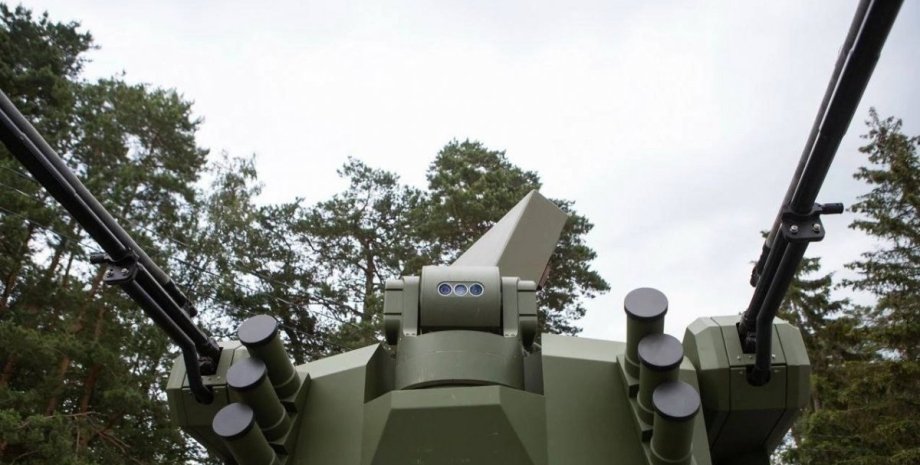
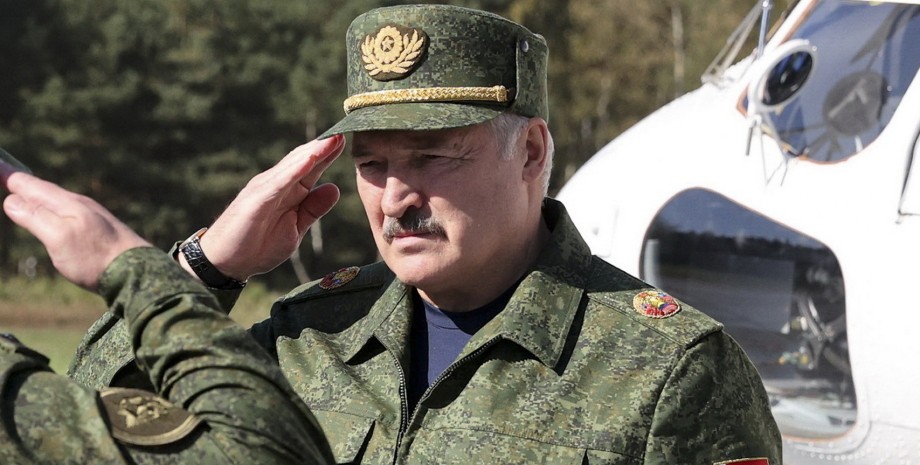
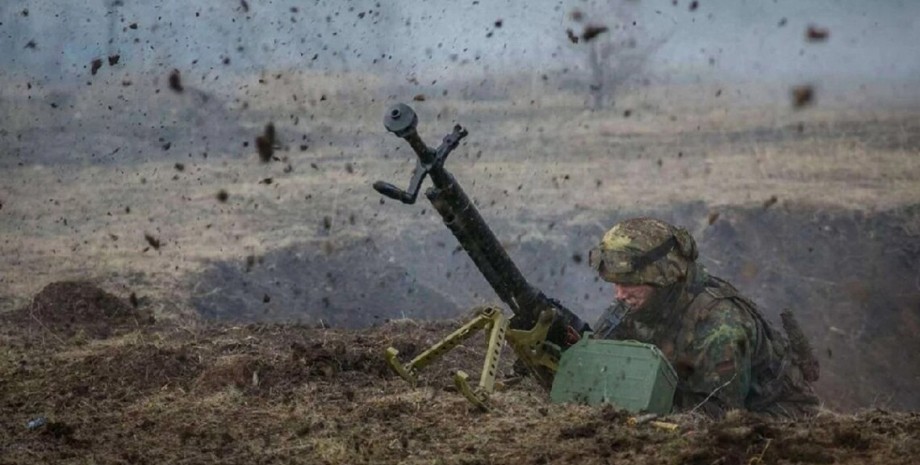

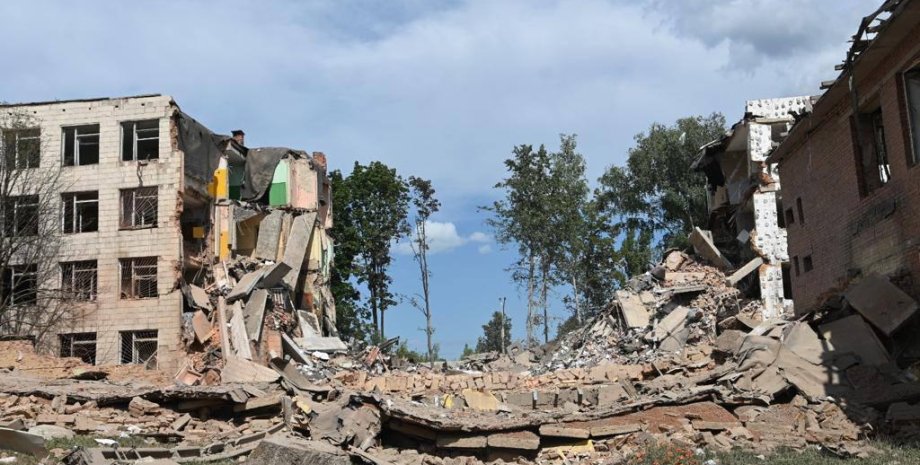
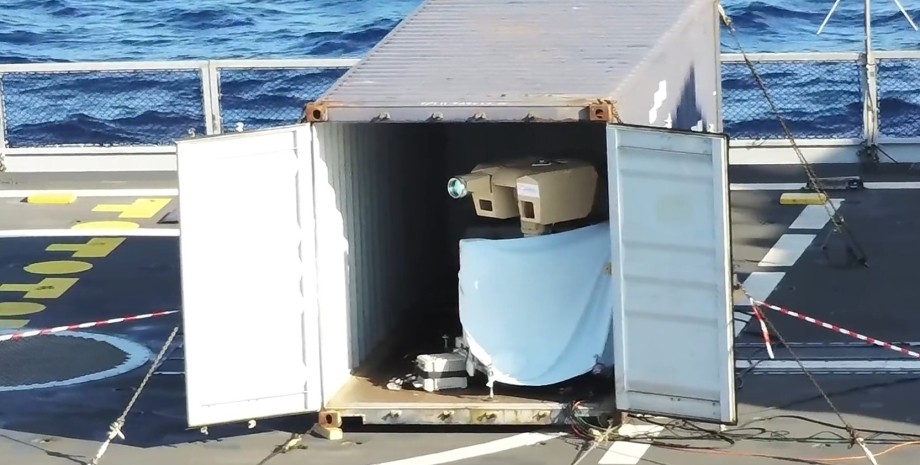
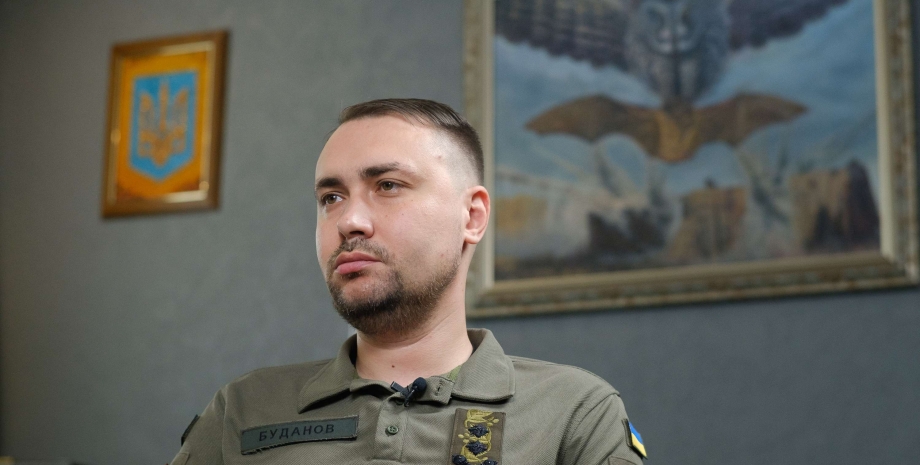
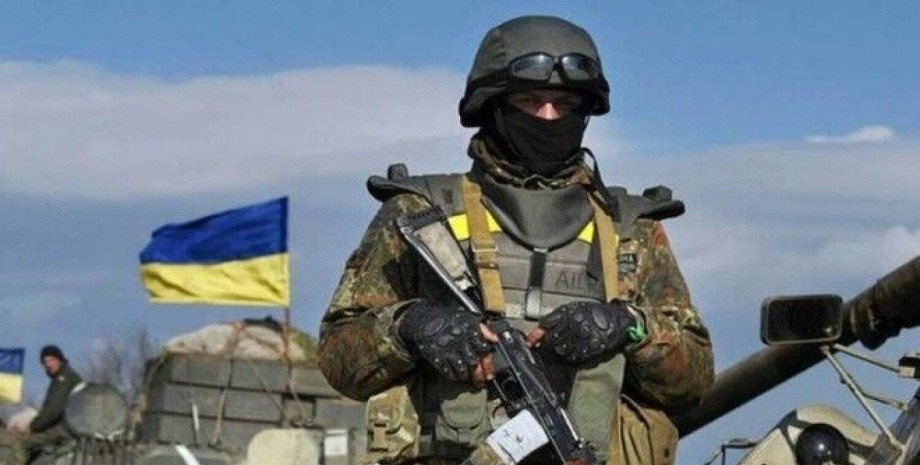
All rights reserved IN-Ukraine.info - 2022